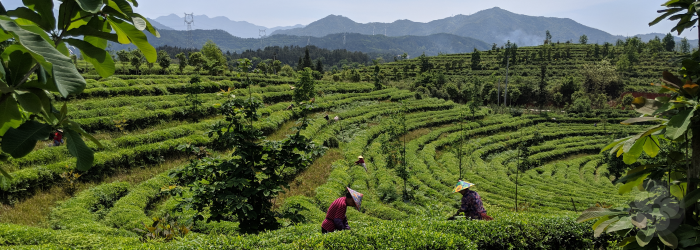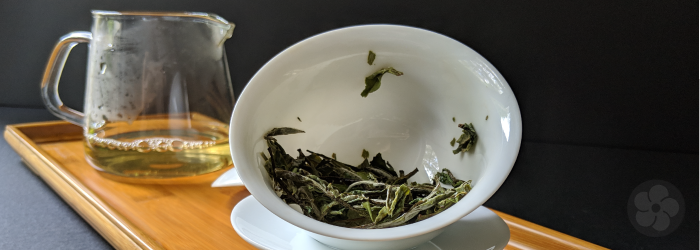What is Competition Grade Tea?
Many teas across all categories are marketed with the phrase “Competition Grade”, a moniker meant to indicate exceptional quality. In a post-imperial age, tea competitions are thought to be the ultimate authority on quality. But as with so many other naming conventions, the regulations surrounding this terminology are lax. While Competition Grade tea may indeed be high quality, the name is no guarantee. In fact, the concept of a competition inherently implies at least two distinct grades.
Continue reading










